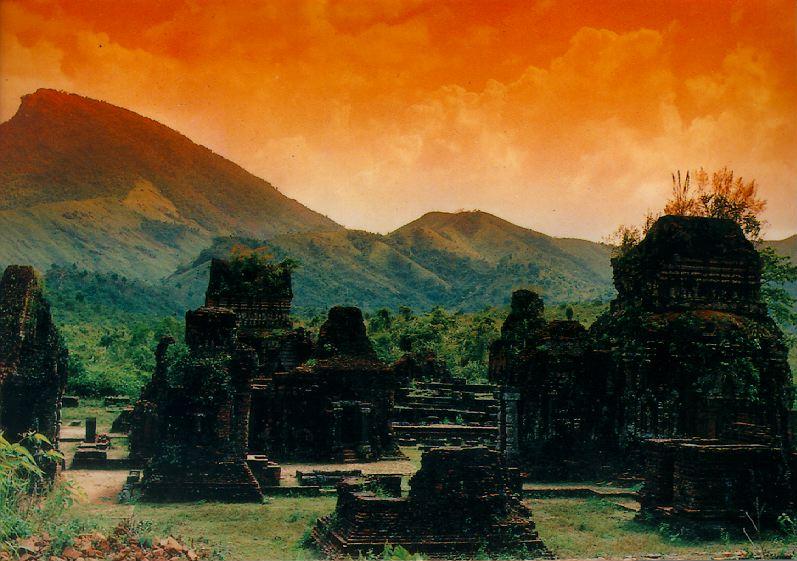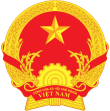My Son Sanctuary – an exceptional example of cultural interchange
VGP - The My Son Sanctuary, an exceptional example of cultural interchange, is regarded as one of the foremost Hindu temple complexes in Southeast Asia and the foremost heritage site of this nature in Vietnam. In 1999, it was recognized by UNESCO as the world heritage site.
 |
|
My Son Sanctuary at sunset |
From the 4th to the 14th century AD, the valley at My Son was a site of religious ceremony for kings of the ruling dynasties of Champa, as well as a burial place for Cham royalty and national heroes. It was closely associated with the nearby Cham cities of Indrapura and Simhapura. At one time, the site encompassed over 70 temples as well as numerous stele bearing historically important inscriptions in Sanskrit and Cham.
The Champa Kingdom was an important phenomenon in the political and cultural history of South-East Asia, vividly illustrated by the ruins of My Son. The sanctuary is an exceptional example of cultural interchange, with the introduction of the Hindu architecture of the Indian subcontinent into South-East Asia.
While the religious significance of My Son was important, its location in a small valley surrounded by high mountains gave it strategic significance as an easily defensible stronghold. Successive kings in the 6th to 8th centuries favored My Son and endowed it with fine temples. In the later 10th century, most of the finest surviving architectural monuments were built there.
The site represents the ancient settlement and sanctuary area; eight groups of tower temples have been singled out. In date they cover the period from the 10th to the 13th centuries, and this long date range is reflected in different architectural styles. All are constructed in fired brick with stone pillars and decorated with sandstone bas-reliefs depicting scenes from Hindu mythology.
The main tower (kalan) symbolizes the sacred mountain (meru ) at the centre of the universe. The square or rectangular base (bhurloka), representing the human world, is built from brick or stone blocks and decorated with reliefs. Above this rises the main tower (bhuvakola), constructed entirely in brick, with applied columns and a false door facing east.
The interiors are plain, with small niches for lamps; the Shivalingam was situated on a plinth in the centre. It symbolized the spirit world. The towers were separated from their roofs (suarloka) by a decorated frieze. Many of these roofs were originally covered with gold or silver leaf.
The predominant style of the architecture and sculptural decoration of the My Son temples derives directly from India.
Most of the temples at My Son were made of red brick, and only one was made of stone. Even the decorative carvings on the Cham temples were cut directly onto the bricks themselves, rather than onto sandstone slabs inserted into brick walls as is observable for example in the 9th century Cambodian temple of Bakong.
 |
 |
 |
 |
 |
By Thuy Dung

